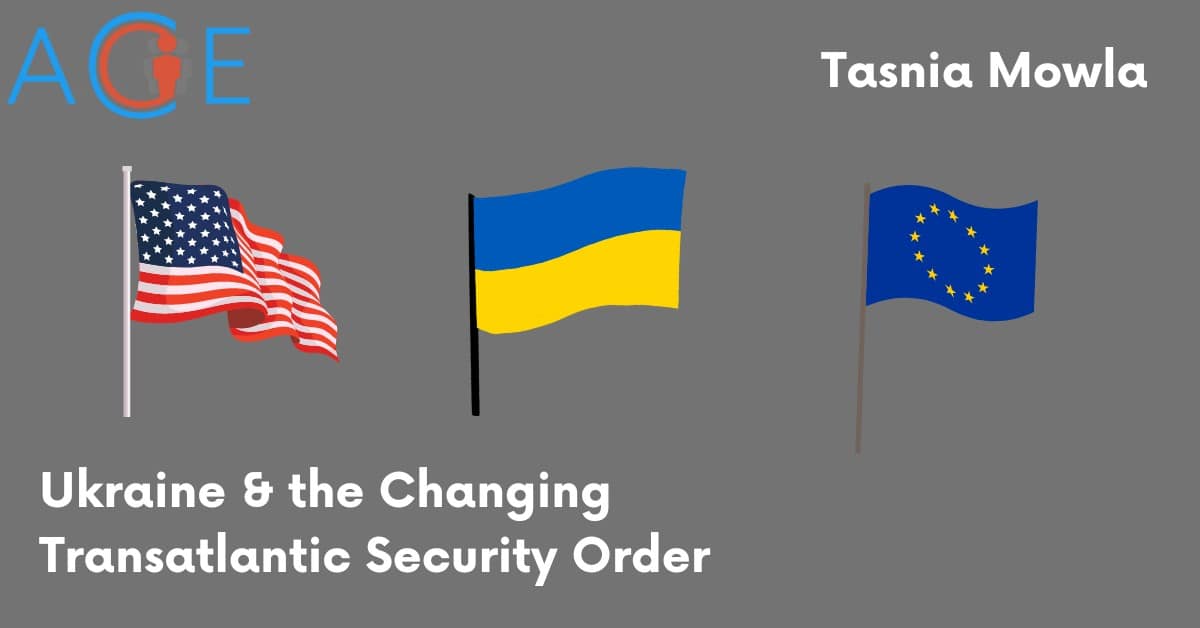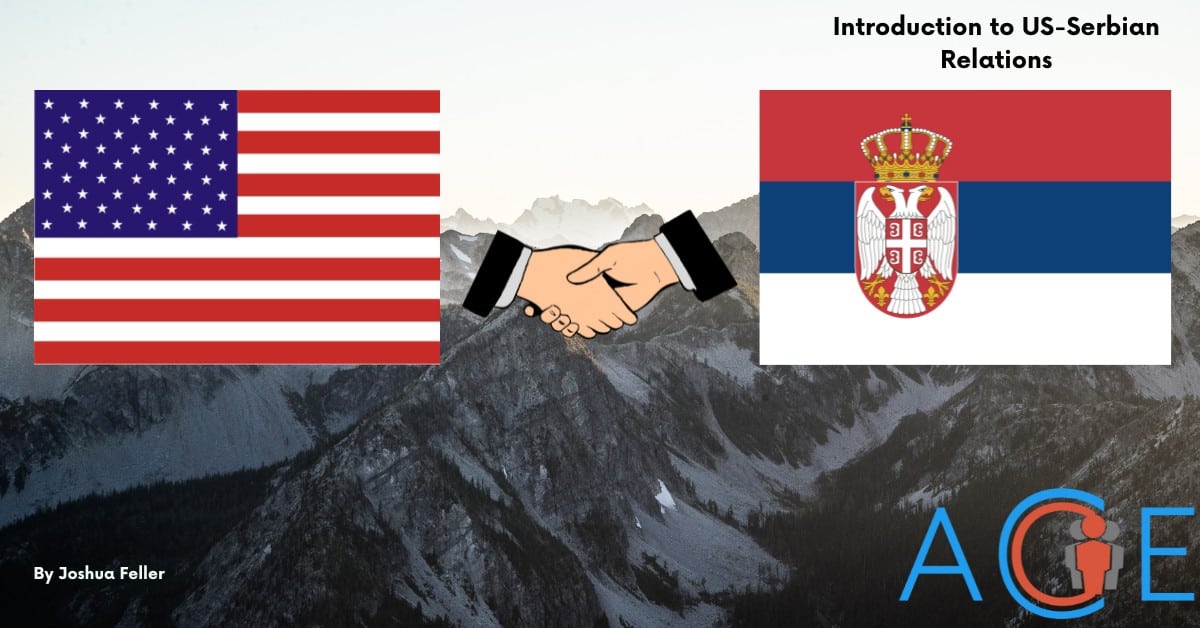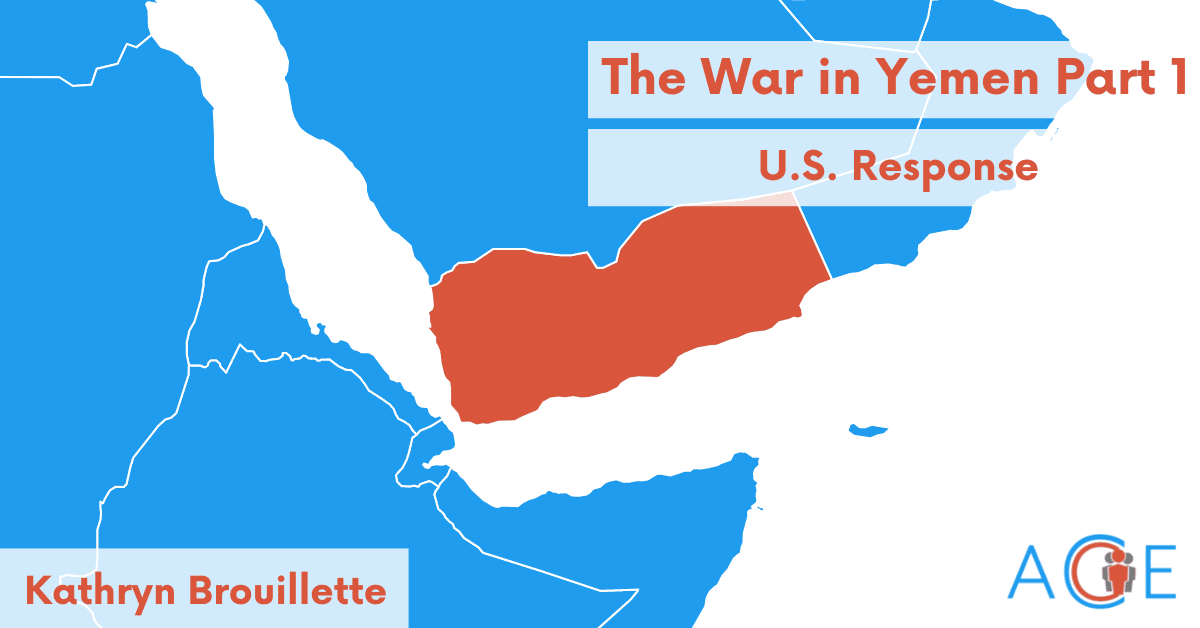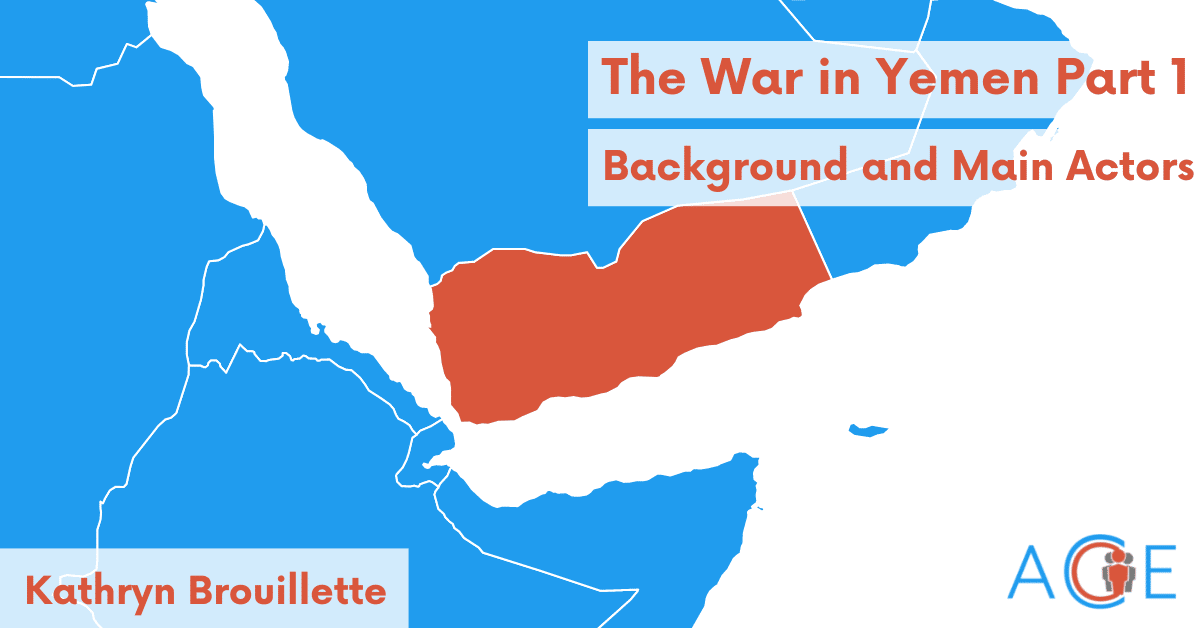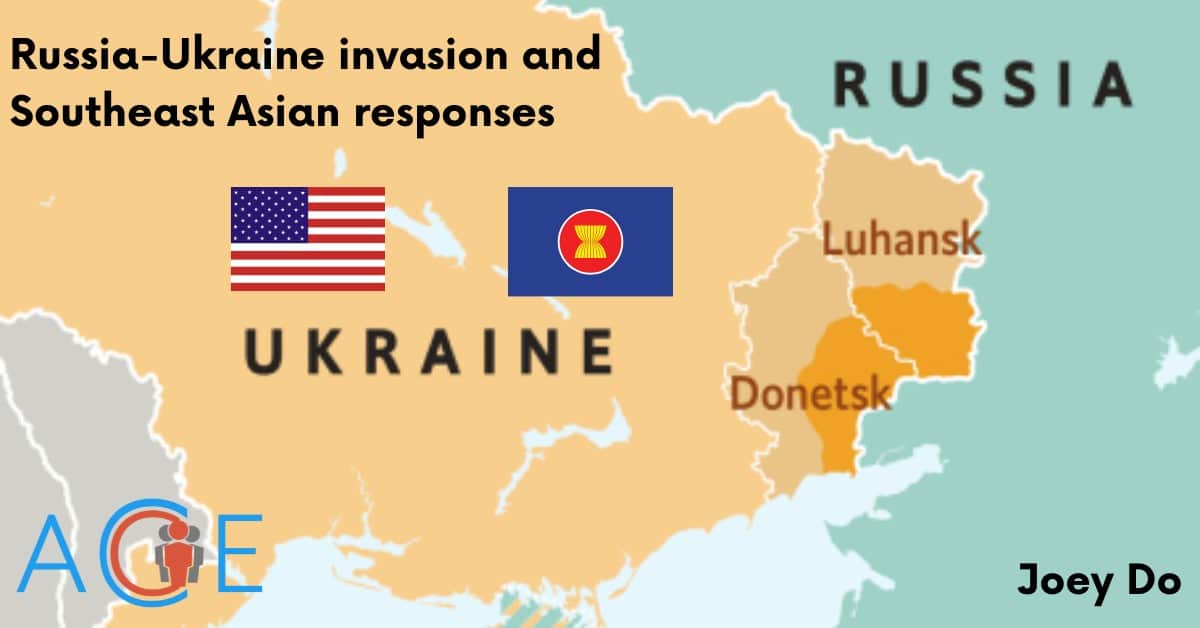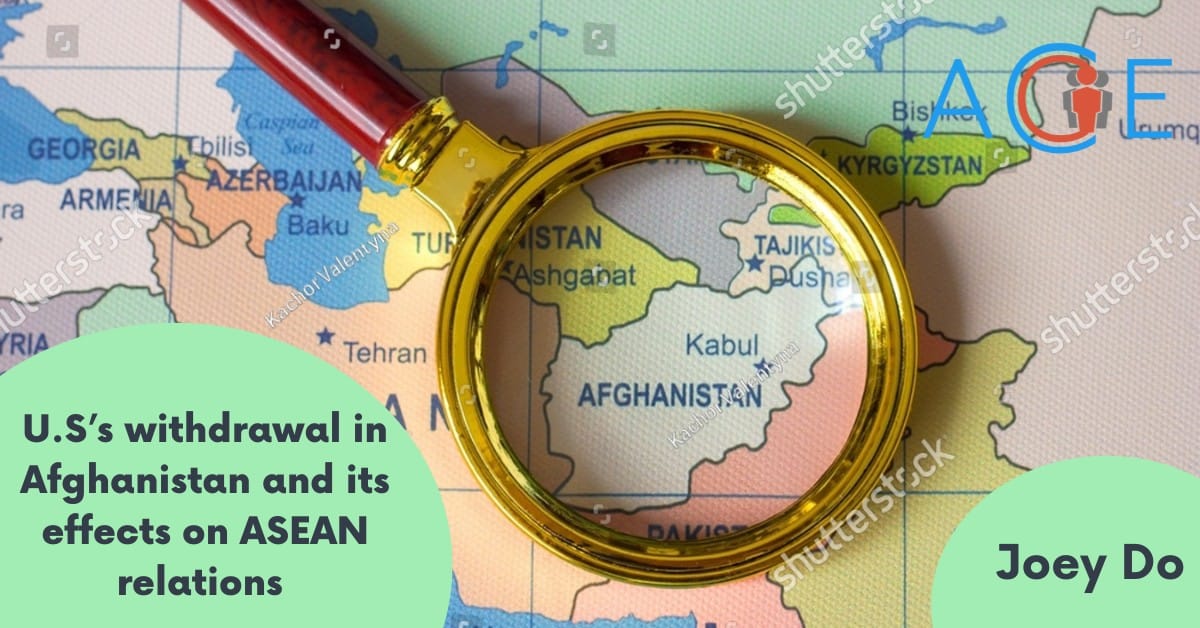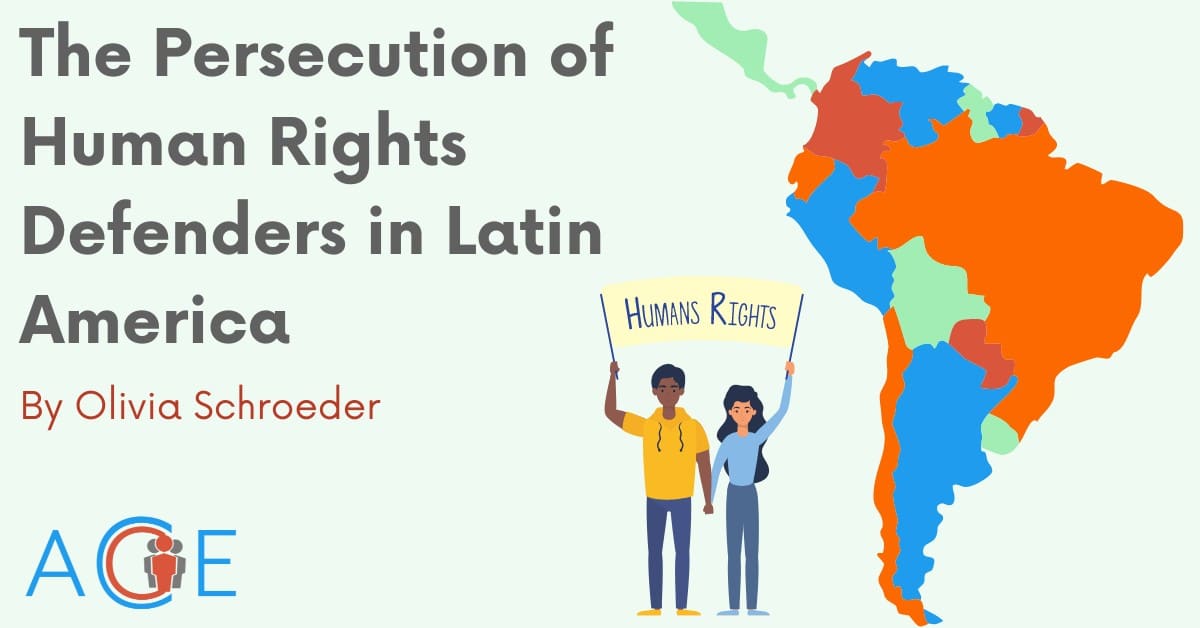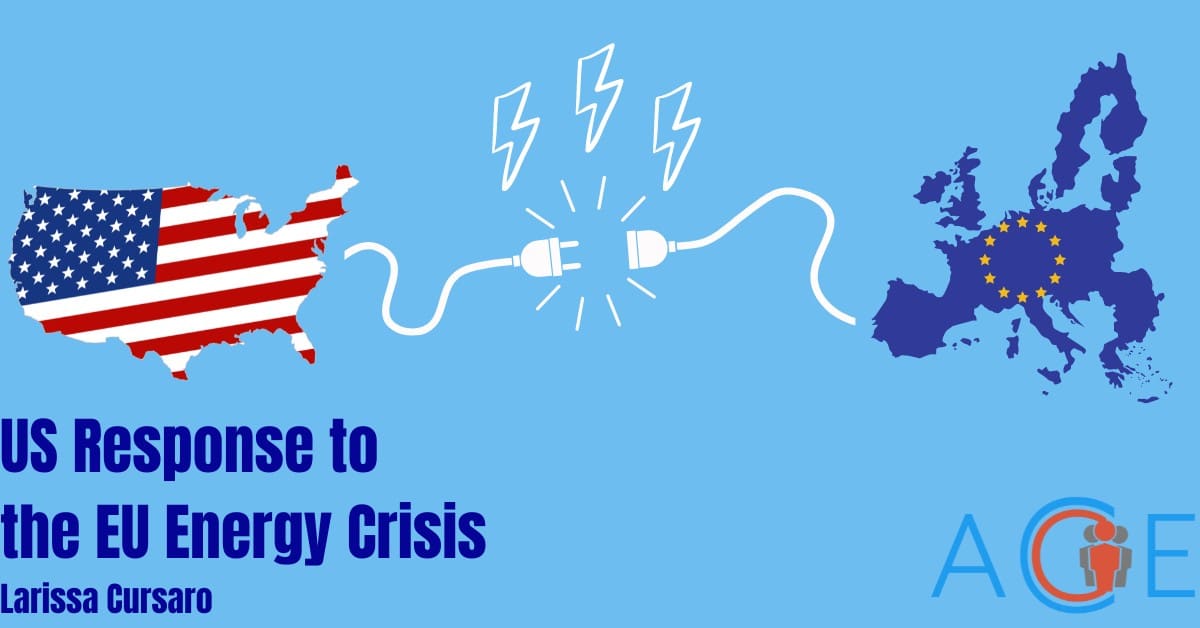The Shadow of War Returns to Europe
The post-Cold War security environment in Europe was characterized by the diminishing influence of Russia, which saw its former Warsaw Pact allies gradually integrated into the North Atlantic Treaty Organization (NATO) and the European Union (EU). Russia under President Vladimir Putin considered this expansion detrimental to its security interests. Russia attempted to stop Georgia and the Baltic Republics from establishing closer security ties with NATO, even going to war with Georgia briefly in 2008. Ukraine’s Maidan Revolution (2014) overthrew a pro-Russia regime and the country aspired to democratize and draw closer to the European Union. In response, Russia forcibly annexed Crimea in 2014 and aided separatists in Ukraine’s Donbas region—which borders Russia—in seceding.
The United States and its allies considered this a threat to democracy and pluralism in Europe. The allies implemented sanctions against Russia in 2014 with the intention of forcing Russia to negotiate a withdrawal. However, Russia’s economic and military capabilities were not significantly affected by the sanctions. Critical sectors like energy were not sanctioned because European countries like Germany depended on Russian oil and natural gas. Putin demanded a guarantee that Ukraine would never join NATO or the EU and, when an agreement was not reached, Russia invaded Ukraine on February 24, 2022. The full-scale Russian invasion threatens to reverse post-Cold War borders in Europe, destabilize the trans-Atlantic security order, and affect countries far removed from the theater of war.
Western Allies Respond
The Russian invasion of Ukraine was met with strong reactions from the United States and its allies. In his statement on February 26, President Joe Biden declared, “Putin chose this war. And now he and his country will bear the consequences.” The United States coordinated with the G7, the world’s leading industrial nations, to launch a new round of sanctions on Russia to curtail its ability to finance the war, and held an emergency NATO summit to map out the next steps.
The United States has also been urging allies to increase their defense spending, a long-standing US policy objective. In response to the invasion, Germany announced a shift in its defense policy, including re-armament. During his February 27, 2022 speech to parliament, German Chancellor Olaf Scholz pledged an additional €100 billion for the armed forces and committed Germany to spending 2% of its GDP on defense, in line with NATO expectations. Other European countries have taken similar steps to strengthen their military capabilities. Polish Defense Minister Mariusz Blaszczak announced that Poland will allocate 3% of its GDP to defense from 2023. The Netherlands has committed an additional €5 billion to defense over the next few years. This is a 40% increase from its 2022 defense budget and meets NATO’s 2% GDP target in 2024 and 2025.
The invasion has reignited talks of an EU common defense policy. On February 28, 2022 the Council of Europe, the highest decision-making body for EU member states, approved a historic €500 million package for Ukraine. This includes €450 million in military supplies and an additional €50 million for fuel and protective equipment. This is the first time the EU has pledged lethal equipment to a non-EU member through the European Peace Facility (EPF). The High Representative for Foreign Affairs and Security Policy (HRVP) Josep Borrell explained that the EU “wants peace in Europe, but we have to be prepared to defend this peace.”
EU heads of state and government pledged on March 10, 2022 to take more defense responsibility which several US Presidents had urged. EU leaders also endorsed the Strategic Compass soon after, a plan of action to increase the EU’s ability to respond to crises with rapid deployment capacity, increased defense investment, and better preparedness for hybrid threats. The European Council subsequently met in May and June to reiterate its commitment to increase military and financial support for Ukraine and to advance Ukraine’s EU membership request. EU members also approved the latest round of EU sanctions on Russia which included crude oil and refined petroleum products as well as Russian-origin gold.
Despite the EU’s commitment to supporting Ukraine, fulfilling some promises may be challenging. For example, the EU pledged to provide fighter jets, but the Ukrainian air force is trained to fly Russian-made MiG-29s and Su-24s. Only Poland, Bulgaria and Slovakia have that type of jet, and those states have been hesitant to send their aircraft to Ukraine due to supply shortages and fear of escalation However, when Poland finally proposed to do so, provided the US accelerates its delivery of F-16s to Warsaw, the United States decided against this move by concluding that the proposal was not tenable. On March 8, in a statement by the Pentagon, Press Secretary John F. Kirby expressed concerns over dispatching American aircrafts into contested airspaces.
Deepening Transatlantic Ties
The United States provided leadership to create a coordinated response to the invasion. This included imposing stricter and broader sanctions on Russia than in 2014, providing military aid to Ukraine, and increasing defense coordination. US Foreign Secretary Anthoney Blinken stated, “The strategy that we’ve put in place, massive support for Ukraine, massive pressure against Russia, solidarity with more than 30 countries engaged in these efforts, is having real results.”
The sanctions imposed on Russia are changing Europe’s economic dependencies, particularly in the energy sector. To restructure these dependencies, Europe is establishing new partners and alternative technologies. The United States is trying to fill in the gap and has seen demand for liquefied natural gas (LNG) rise by over 50% in Europe compared to the same period the year before. A protracted war in Ukraine could bolster the significance of the new US-EU Trade and Technology Council (TTC) formed in June 2021 and eventually lead to closer transatlantic cooperation on energy, trade, technology and innovation. This emerging collaborative spirit helps in overcoming the tensions generated by Eurosceptic security and trade positions held by the Trump administration. This shift makes it easier to take coordinated steps for addressing the long-term economic impact of the war.
Reviving NATO
Finland and Sweden are traditionally non-aligned countries, but Russia’s invasion of Ukraine forced the two Nordic nations to reassess their security interests and apply for NATO membership on May 18, 2022. Although experts believe an attack on Finland and Sweden is unlikely while Russia is focused on Ukraine, Finland and Sweden remain vulnerable until they are included in NATO’s mutual defense guarantees. Ahead of their formal application, British Prime Minister Boris Johnson visited Finland and Sweden to sign security guarantees. President Biden expressed support for the two countries’ NATO bids and welcomed Finnish President Sauli Niinistö and Swedish Prime Minister Magdalena Andersson at the White House.
Swedish and Finnish NATO membership has a number of advantages. Sweden has naval bases on the Baltic Sea and a navy with experience operating in confined waters, which adds key capabilities in the Baltic region. Gotland is a strategically important Swedish island which can act as a staging ground for naval operations in the region. Finland shares a long border with the Kola peninsula, which is Russia’s Arctic navy and nuclear submarine base. This puts NATO in a position to isolate the peninsula from mainland Russia.
NATO has functioned as an instrument for United States security interests and conflict leadership, but lost credibility by mishandling conflicts in Libya (2011) and Afghanistan (2015-2021) under US leadership. NATO’s reemergence provides the US a chance to strengthen its relationship with its longest allies and exert US influence on the European continent.
Ending Aggression Through a United Front
Some speculate that Trans-Atlantic solidarity will not hold if the war turns into a protracted, localized conflict, with Russia forcibly occupying parts of Eastern Ukraine. There are concerns that the economic toll of the conflict on sanctioning nations, declining public interest, and other international priorities will lead to disunity in the alliance. However, a destabilized Ukraine will remain a source of insecurity for the entire continent.
